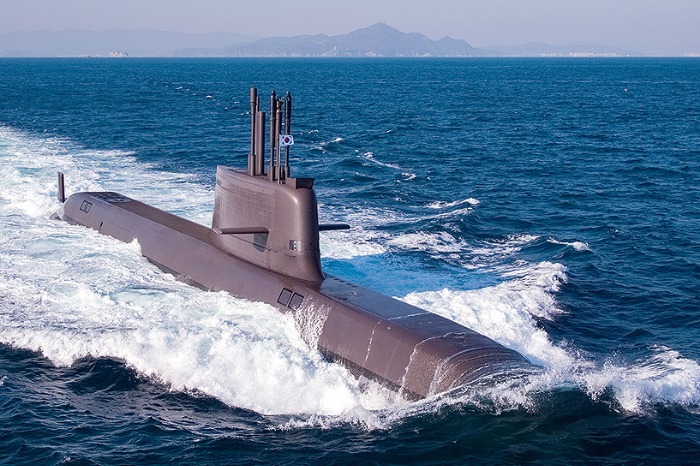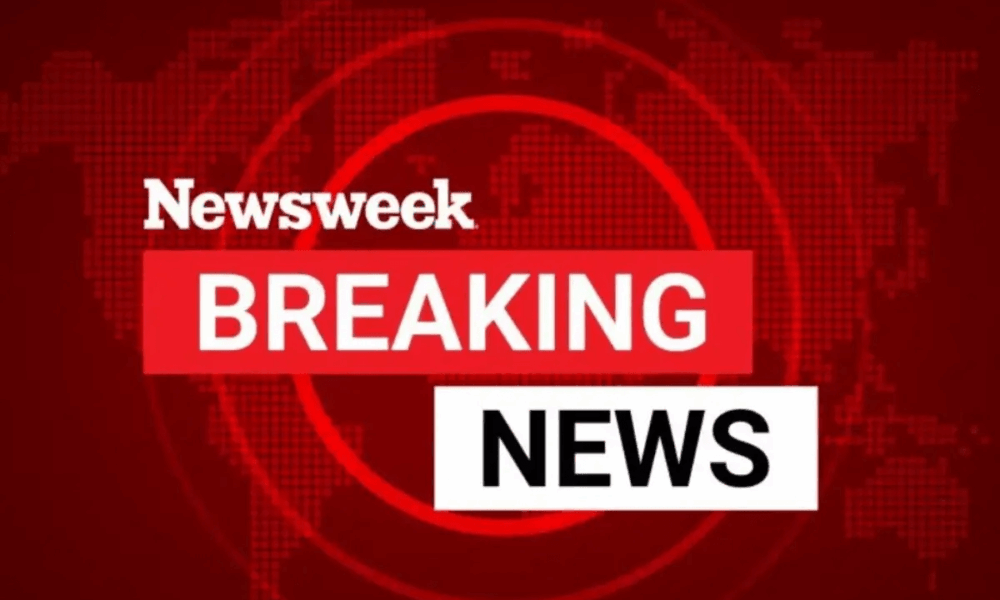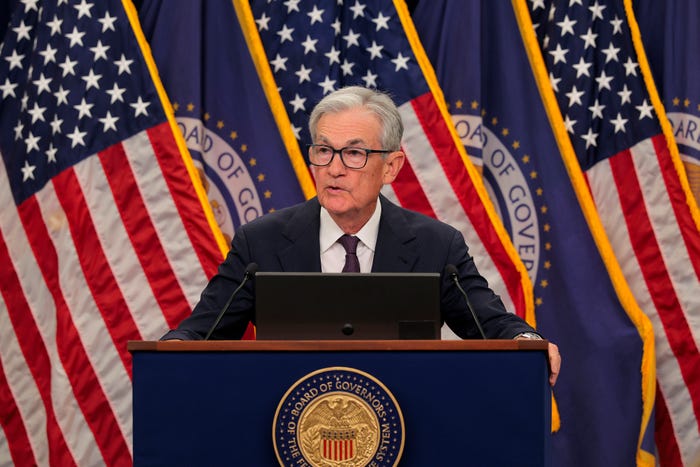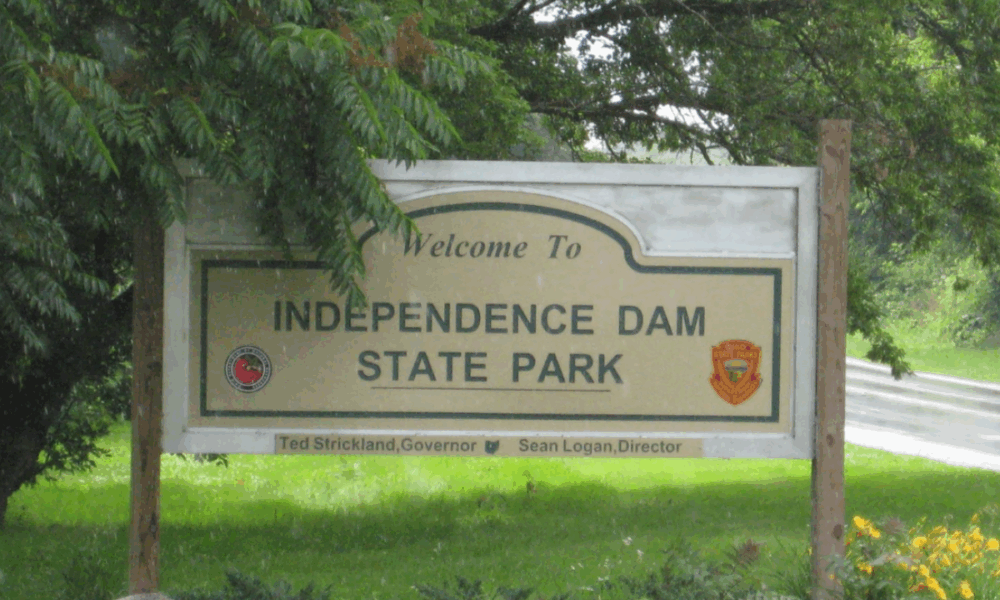UPDATE: In a groundbreaking move, Donald Trump has just approved South Korea’s ambitious plan to construct nuclear-powered submarines at the Philadelphia Shipyard. This decision, confirmed on October 30, 2025, marks a significant enhancement of South Korea’s naval capabilities and a pivotal moment for its shipbuilding industry.
South Korean President Lee Jae Myung secured this monumental approval during a bilateral meeting amid the APEC leaders’ summit. Trump announced via Truth Social, “I have given them approval to build a Nuclear Powered Submarine… right here in the good ol’ U.S.A.” This not only strengthens strategic ties between Washington and Seoul but also signals a shift in regional military dynamics.
The implications of this decision are profound. With North Korea’s nuclear threats looming large, South Korea aims to bolster its defenses and reduce reliance on the US Navy in the region. President Lee emphasized that the nuclear-powered submarines will not be armed with nuclear weapons but will significantly enhance operational capabilities against North Korean and Chinese submarines.
The construction will take place at Hanwha Philly Shipyard Inc., a facility owned by Hanwha Ocean Co., which is poised to lead this critical project. If realized, South Korea will become the world’s seventh operator of nuclear-powered submarines. Each vessel is estimated to cost around $1.5 billion, representing a substantial addition to South Korea’s defense arsenal.
In a statement, Hanwha Ocean expressed full support for the historic decision, emphasizing its readiness to apply cutting-edge shipbuilding technologies. The planned submarines are expected to debut in the Jang Bogo-IV class, transitioning from the current diesel-electric models.
While the construction falls under South Korean sovereignty, the approval indicates a de facto US commitment to supplying essential nuclear propulsion technology and enriched uranium fuel. However, amending existing bilateral nuclear cooperation agreements will be crucial to enable South Korea to acquire reactor fuel.
Analysts suggest this move parallels the AUKUS agreement made under former President Joe Biden, which involved nuclear submarine technology transfer to Australia. This development showcases the US’s intent for South Korea to play a more significant maritime role in countering China’s influence.
Seoul’s request for nuclear submarine capabilities aligns with ongoing tensions in the Indo-Pacific. A defense expert remarked, “A Korean nuclear sub fleet would significantly enhance allied undersea surveillance and deterrence capabilities.”
However, the decision may encounter domestic resistance within the US, where concerns about nuclear non-proliferation persist. Trump’s rapid response, just a day after Lee’s request, exemplifies the assertive nature of his foreign policy approach.
Furthermore, this strategic move is set against the backdrop of escalating US-China tensions, especially after China imposed sanctions on several Hanwha Ocean subsidiaries earlier this month. In response to the latest developments, China called for adherence to non-proliferation obligations.
The partnership between Hanwha and HD Hyundai Heavy Industries further highlights the ambitions of South Korea’s shipbuilders, aiming to create new export opportunities in high-value defense technology. The MASGA (Make American Shipbuilding Great Again) project, which seeks to revitalize the US shipbuilding industry, could see significant advancements through this collaboration.
As the situation unfolds, all eyes will be on the technical details regarding nuclear fuel supply and the necessary congressional approvals in the US. This historic approval not only reshapes South Korea’s naval future but also redefines the strategic landscape of the Indo-Pacific region.
Stay tuned for more developments on this urgent story.







